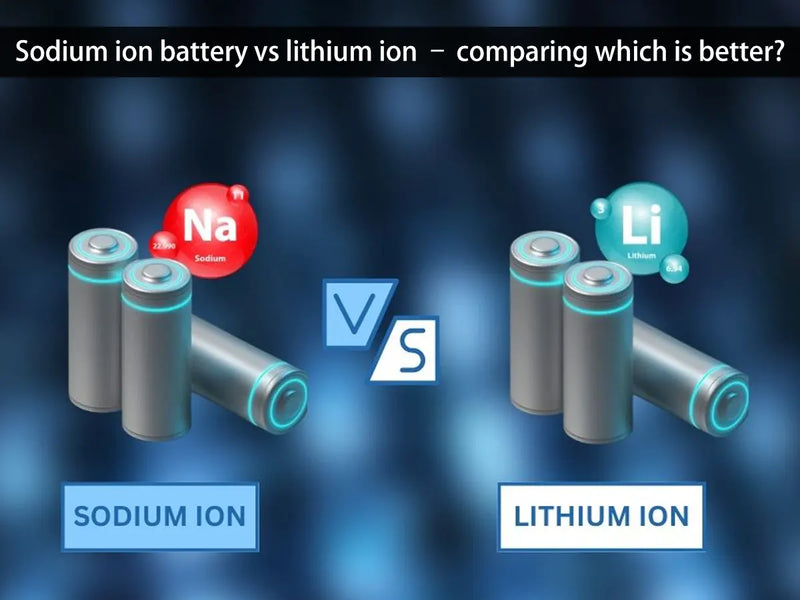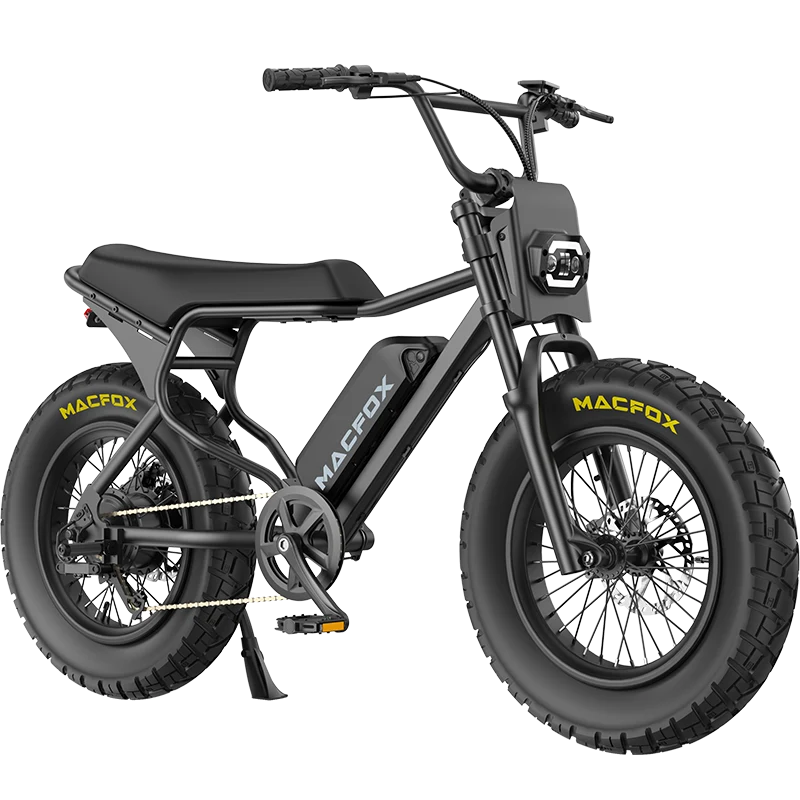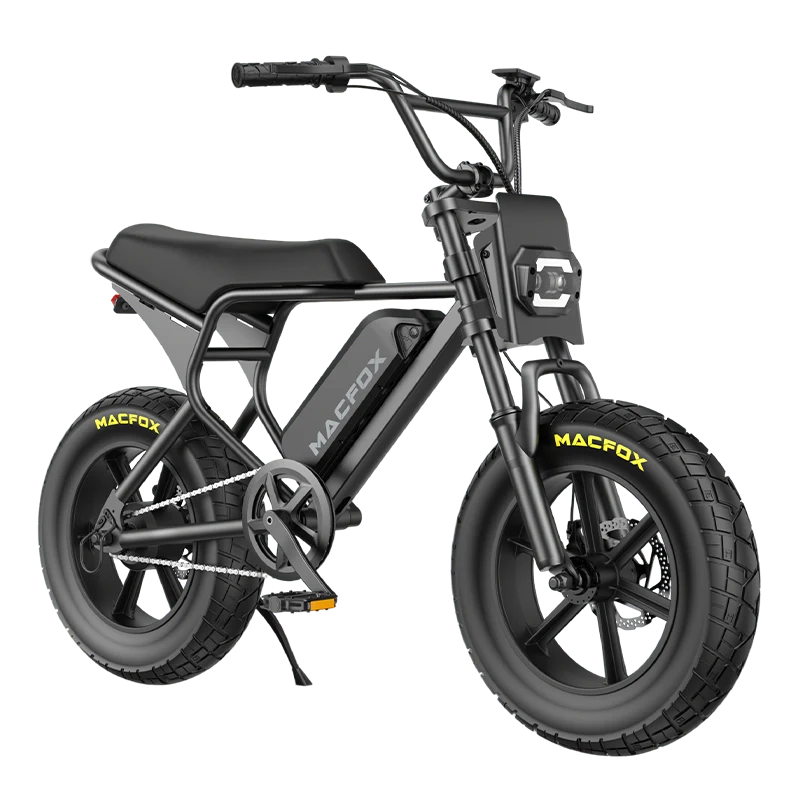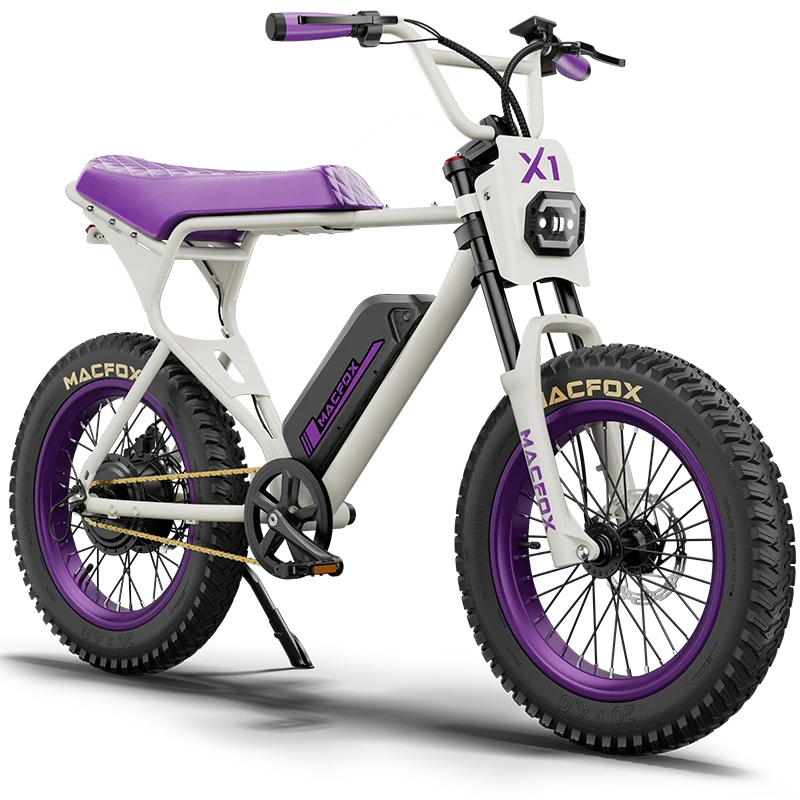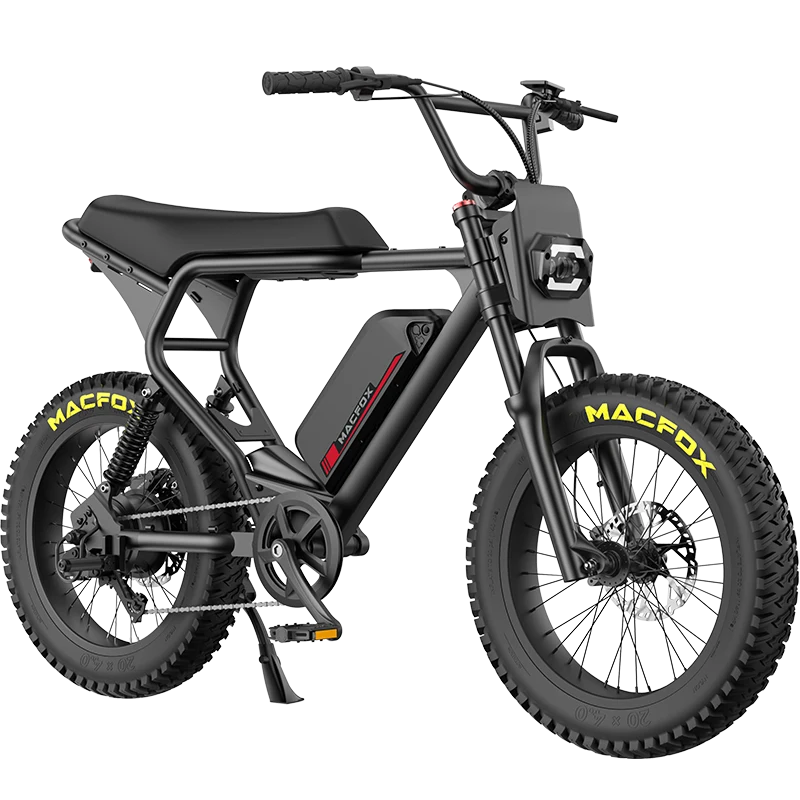In 2025, the electric bike (e-bike) industry is witnessing significant advancements in battery technology. As e-bikes become more popular for commuting and recreation, understanding the differences between lithium-ion, sodium-ion, and solid-state batteries is crucial for consumers seeking optimal performance, safety, and sustainability.
Lithium-Ion Batteries: The Established Standard
Advantages
-
High Energy Density: Lithium-ion batteries offer energy densities ranging from 150 to 250 Wh/kg, providing e-bikes with extended ranges on a single charge.
-
Mature Technology: With years of development, lithium-ion batteries are reliable and widely used in various applications, including e-bikes.
-
Fast Charging: Modern lithium-ion batteries support rapid charging, reducing downtime and enhancing user convenience.
Disadvantages
-
Cost: The materials required for lithium-ion batteries, such as lithium and cobalt, are relatively expensive, contributing to higher overall costs.
-
Safety Concerns: Lithium-ion batteries can pose safety risks if damaged or improperly handled, including potential fire hazards.
-
Environmental Impact: The extraction and processing of lithium and cobalt can have significant environmental and ethical implications.
Sodium-Ion Batteries: The Emerging Alternative
Advantages
-
Lower Cost: Sodium is more abundant and less expensive than lithium, potentially reducing battery costs.
-
Enhanced Safety: Sodium-ion batteries operate at lower voltages, reducing the risk of thermal runaway and fires.
-
Environmental Benefits: The extraction of sodium has a lesser environmental impact compared to lithium.
Disadvantages
-
Lower Energy Density: Typically around 100 to 150 Wh/kg, leading to shorter ranges compared to lithium-ion batteries.
-
Limited Availability: Currently, fewer manufacturers produce sodium-ion batteries for e-bikes, limiting options for consumers.
-
Infrastructure Needs: Widespread adoption may require new charging infrastructure and standardization.
Solid-State Batteries: The Future of E-Bike Power
Advantages
-
Superior Energy Density: Solid-state batteries have the potential to offer energy densities exceeding 300 Wh/kg, allowing for longer ranges and lighter batteries.
-
Enhanced Safety: The solid electrolyte eliminates flammability risks associated with liquid electrolytes, reducing the likelihood of fires.
-
Longevity: Solid-state batteries may offer longer lifespans and better performance over time.
Disadvantages
-
High Cost: Currently, solid-state batteries are expensive to produce due to complex manufacturing processes and material costs.
-
Manufacturing Challenges: Scaling up production to meet demand remains a significant hurdle.
-
Limited Availability: Few e-bikes currently utilize solid-state batteries due to these constraints.
Comparative Overview
| Feature | Lithium-Ion | Sodium-Ion | Solid-State |
|---|---|---|---|
| Energy Density | 150–250 Wh/kg | 100–150 Wh/kg | 300+ Wh/kg |
| Cost | High | Low | Very High |
| Safety | Moderate | High | Very High |
| Environmental Impact | High | Low | Low |
| Availability | Widely Available | Limited | Emerging |
| Charging Speed | Fast | Moderate | Very Fast |
| Lifespan | 2,000–3,000 cycles | 1,500–2,000 cycles | 3,000+ cycles |
Choosing the Right Battery for Your E-Bike
When selecting an e-bike, consider the following factors:
-
Budget: Lithium-ion batteries are more expensive but offer better performance. Sodium-ion batteries are more affordable but may have shorter ranges.
-
Usage: For daily commuting in urban areas, sodium-ion batteries may suffice. For longer trips or mountainous terrains, lithium-ion or solid-state batteries are preferable.
-
Safety and Environment: If safety and environmental impact are top priorities, solid-state batteries are the best option.
Macfox E-bike Battery Overview
Macfox's e-bikes are mainly equipped with the following lithium batteries:
Macfox X1S Battery:48V 10.4Ah lithium battery, providing a range of about 38 to 76 miles, with a charging time of about 5 to 6 hours.
Macfox X2 Battery:48V 20Ah lithium battery, suitable for long-distance riding, providing longer range.
These batteries use high-quality lithium battery cells with high energy density, long service life and light weight, providing stable power support for riders.

Battery Technology Features
High Energy Density: The high energy density of lithium batteries means that they can store more electrical energy at the same volume and weight, thereby extending the range of electric bicycles.
Long Service Life: Macfox's lithium batteries are designed to last between 2,000 and 3,000 charge and discharge cycles. Proper use and maintenance can ensure long-term stable operation of the battery.
Fast Charging: Macfox's batteries support fast charging, and the charging time is usually between 5 and 6 hours, which allows users to restore power in a short time and reduce waiting time.
Safety and Maintenance
Macfox's battery is equipped with multiple safety protection measures, including overcharge protection, over-discharge protection, short circuit protection and temperature protection, to ensure safety during riding.
In addition, the battery is designed to be detachable, which is convenient for users to charge and maintain. In order to extend the battery life, it is recommended that users avoid fully discharging the battery and keep it in a dry and cool environment when storing.
FAQs
What is the difference between lithium-ion and sodium-ion batteries for e-bikes?
A: Lithium-ion batteries offer higher energy density and longer range but come at a higher cost. Sodium-ion batteries are more affordable and environmentally friendly but have a shorter range.
Are solid-state batteries safe for e-bikes?
Yes, solid-state batteries are safer than traditional lithium-ion batteries as they eliminate fire risks associated with liquid electrolytes and offer enhanced safety.
How long does a Macfox e-bike battery last?
Macfox e-bike batteries typically last 2,000 to 3,000 charge cycles with proper care and maintenance, ensuring long-lasting performance and reliability.
Conclusion
In 2025, the choice between lithium-ion, sodium-ion, and solid-state batteries for e-bikes depends on individual needs and priorities. While lithium-ion batteries remain the standard, sodium-ion batteries offer a cost-effective and environmentally friendly alternative. Solid-state batteries, though currently limited in availability, hold the promise of revolutionizing e-bike performance in the near future.


